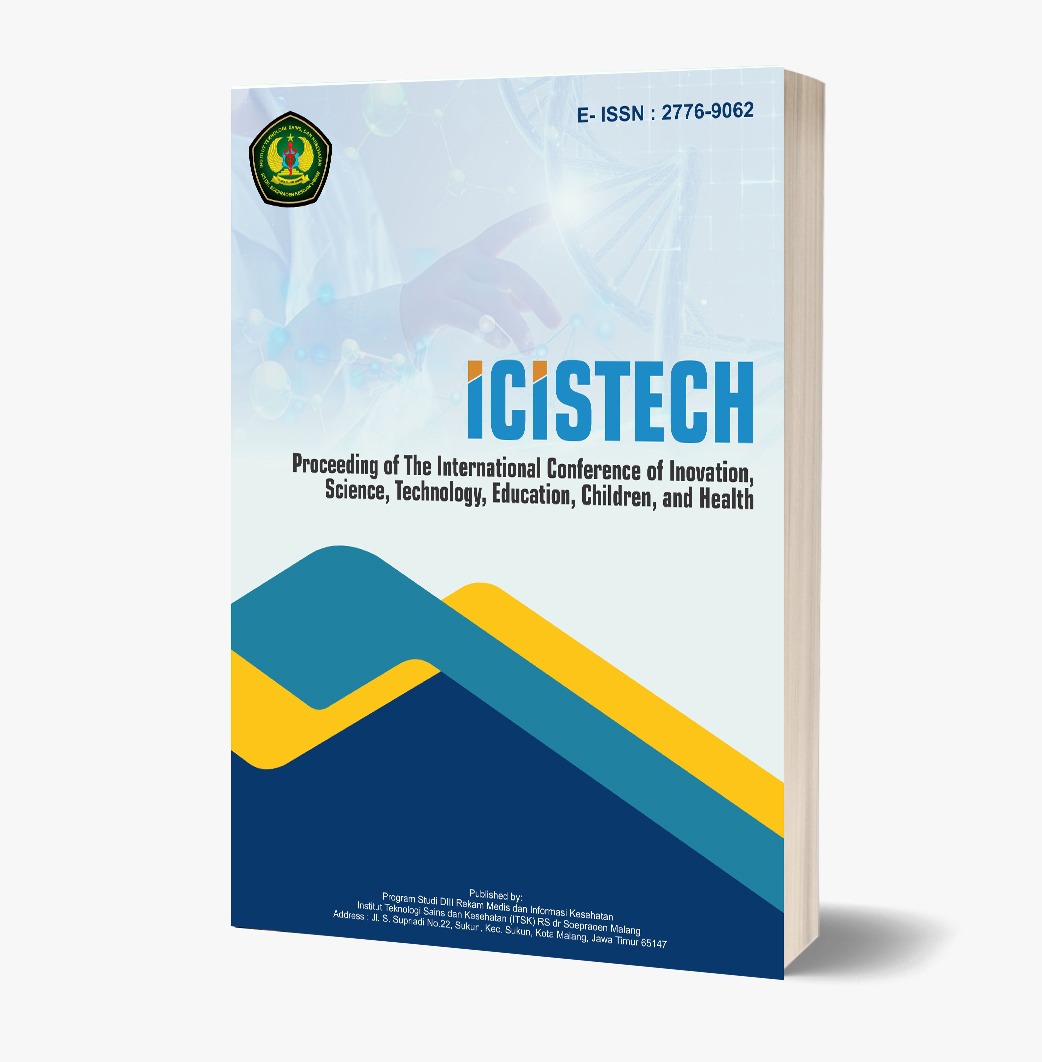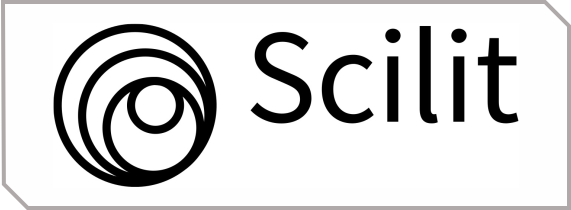Integrating STEM-Based Learning to Improve Critical Thinking Skills Among Elementary School Students
DOI:
https://doi.org/10.62951/icistech.v5i1.171Keywords:
Critical thinking, Educational innovation, Elementary students, Interdisciplinary learning, STEM educationAbstract
The development of critical thinking skills is essential for preparing future generations to effectively navigate the challenges posed by rapid technological and scientific advancements. This study examines the effectiveness of STEM-based learning (Science, Technology, Engineering, and Mathematics) in enhancing critical thinking skills among elementary school students in Indonesia. Using a quasi-experimental method with a pre-test and post-test control group design, this research involved 120 students from three elementary schools in East Java. The experimental group was taught using an integrated STEM approach, while the control group continued with a traditional curriculum. The primary objective was to assess how STEM-based learning impacts students' critical thinking, particularly in areas such as problem-solving, reasoning, and analysis. The results revealed a significant improvement in the critical thinking abilities of students in the STEM group compared to the control group. Students in the experimental group demonstrated enhanced skills in problem-solving and reasoning, with notable improvements in their ability to analyze and evaluate information. Additionally, the STEM group exhibited higher levels of engagement, curiosity, and motivation in their learning, along with a greater ability to apply interdisciplinary knowledge to real-life contexts. These findings suggest that STEM-based learning can play a crucial role in developing critical thinking and other essential skills required in the 21st century. This research underscores the potential benefits of incorporating STEM education into elementary school curricula to foster critical thinking and prepare students for future challenges. The study recommends that policymakers and educators focus on providing the necessary training, resources, and support to effectively implement STEM-based learning in primary education. By doing so, we can ensure that students develop the skills needed to succeed in a rapidly evolving world.
References
Anderson, M. A., Anderson, E., & Parker, G. (2022). Operation management for dummies. John Wiley & Sons, Inc.
Andi Saputra, W., Ayu Puspandari, D., Faozi Kurniawan, M., Ilmu Kesehatan Masyarakat, D., Kedokteran, F., Masyarakat, K., Keperawatan, D., & Gadjah Mada, U. (2019). Evaluasi pengadaan obat dengan e-purchasing melalui e-catalogue di Rumah Sakit Jiwa Grhasia Daerah Istimewa Yogyakarta tahun. Jurnal Kesehatan Masyarakat Indonesia, 08(03).
Barraclough, A., Clark, M., & Quick, J. D. (2012). Managing procurement, management sciences for health, managing access to medicines and health technologies. Management Sciences for Health.
Basu, R. (2017). Managing project supply chains. https://doi.org/10.4324/9781315249902
Boswell, D., Conradie, S., Keshave, B., Khan, T., Mngadi, S., Tebeile, L., Van Huyssteen, M., Bheekie, A., & Kiewiets, D. (2018). Medicine runners: A community-initiated solution to chronic medicine access in underserved communities. SA Pharmaceutical Journal, 85(4).
Cresswell, J. W. (2008). Qualitative procedures. In Research design: Qualitative, quantitative, and mixed methods approaches.
Fallis, A. G. (2013). John Cresswell - Research design. In Journal of Chemical Information and Modeling. https://doi.org/10.1017/CBO9781107415324.004
Gunasekaran, A., & Ngai, E. W. T. (2008). Adoption of e-procurement in Hong Kong: An empirical research. International Journal of Production Economics, 113(1). https://doi.org/10.1016/j.ijpe.2007.04.012
Imron, M. (2010). Manajemen logistik rumah sakit. CV Agung Seto.
Kuglin, F. A. (2015). Pharmaceutical supply chain: Drug quality and security act. https://doi.org/10.1201/b18697
Monczka, R. M., Handfield, R. B., Giunipero, L. C., & Patterson, J. L. (2016). Introduction to purchasing and supply chain management. In Purchasing and supply management.
Naumova, N. N., & Kharisova, F. I. (2020). The order of organization of supply chain management of medical industry activity in the Republic of Tatarstan. International Journal of Supply Chain Management, 9(4).
Njuguna, P. M., Arani, W., & Onyara, V. (2021). Influence of supply chain management strategies on performance of medical supply chain organisations in Kenya. International Journal of Business Management, Entrepreneurship and Innovation, 3(3). https://doi.org/10.35942/jbmed.v3i3.210
Risa, R. S., Nuryani, D. D., & Perdana, A. A. (2020). Evaluasi pengadaan obat secara e-purchasing berdasarkan e-katalog menggunakan dana kapitasi jaminan kesehatan nasional di Puskesmas Sekampung Kabupaten Lampung Timur. Jurnal Dunia Kesmas, 9(2). https://doi.org/10.33024/jdk.v9i2.2974
Romadhon, S., & Wardoyo, R. (2021). Prioritizing drug procurement using ABC, VEN, EOQ, and ROP combination. IJCCS (Indonesian Journal of Computing and Cybernetics Systems), 15(2). https://doi.org/10.22146/ijccs.63486
Saptarisa, R., Dwi Nuryani, D., & Perdana, A. A. (2020). Evaluation of drug procurement by e-purchasing based on e-catalog using the national health insurance capitation fund at the Sekampung Puskesmas, East Lampung Regency. Jurnal Dunia Kesmas, 9(2). https://doi.org/10.33024/jdk.v9i2.2974
Downloads
Published
How to Cite
Issue
Section
License
Copyright (c) 2025 Proceeding of The International Conference of Inovation, Science, Technology, Education, Children, and Health

This work is licensed under a Creative Commons Attribution-ShareAlike 4.0 International License.













